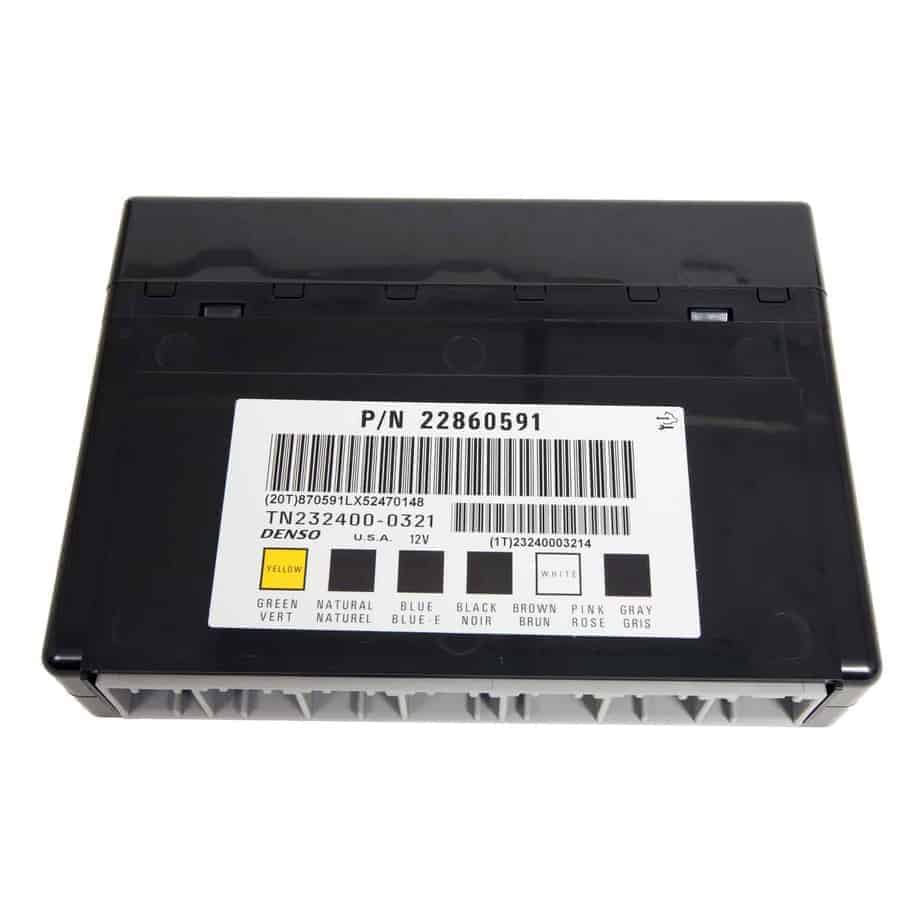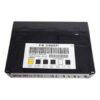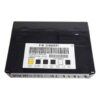Restore Your Vehicle’s Electrical System with a Plug-and-Play BCM
Are you battling bizarre and frustrating electrical issues in your vehicle? Intermittent power windows, a security system with a mind of its own, or dashboard lights that flicker without reason are common signs that your Body Control Module (BCM) is failing. The BCM acts as the central hub for your vehicle’s body electronics, managing everything from interior lighting and power locks to the anti-theft system and climate controls. When it fails, it can create a cascade of seemingly unrelated problems that are impossible to ignore.
Don’t let a faulty module compromise your vehicle’s functionality and your peace of mind. This replacement Body Control Module is the definitive solution, arriving at your door pre-programmed with the latest GM software updates specifically for your vehicle’s Vehicle Identification Number (VIN). This critical programming step ensures seamless integration and restores the precise, reliable operation you expect from your car, truck, or SUV.
From the Diagnostic Bay
We had a 2009 Chevy Impala come into the shop that was driving the owner crazy. The windshield wipers would turn on by themselves, even on a sunny day, and the radio would randomly shut off. The customer had already replaced the wiper switch and checked the radio fuses. We hooked up the scanner and saw a flood of communication error codes. Instead of chasing wires for hours, we went straight to the BCM, located under the driver’s side dash. We found tell-tale signs of water intrusion and corrosion on the connectors. A new, VIN-programmed BCM fixed every single issue in one shot. It’s amazing how many strange problems point back to this one central computer.
Common Symptoms of a Failing BCM
- ✔ Erratic or non-functional power windows, door locks, and mirrors.
- ✔ Security system malfunctions, including false alarms or failure to arm/disarm.
- ✔ Instrument cluster gauges behaving strangely or not working at all.
- ✔ Interior or exterior lights staying on, flickering, or not turning on.
- ✔ Intermittent starting problems or a complete no-start condition.
- ✔ HVAC (heating and air conditioning) controls not responding correctly.
- ✔ Key fob not working to lock or unlock doors.
- ✔ Warning lights such as “Service Theft System” appearing on the dash.
The Direct Solution: A VIN-Programmed DTS Body Control Module
Replacing the BCM isn’t just about swapping hardware. For it to function correctly, it must be programmed to communicate with the other modules in your specific vehicle. Our service eliminates the need for an expensive trip to the dealership. Simply provide us with your VIN during checkout, and our technicians will flash the module with the correct software and vehicle-specific calibration files before it ships. This makes the installation process as close to plug-and-play as possible, getting you back on the road faster.
Installation and Post-Setup Guidance
Physically replacing the BCM is generally a straightforward task for a seasoned DIYer or any professional technician. It is typically located under the dashboard on either the driver’s or passenger’s side. After the new module is installed, some vehicles may require additional configuration, known as relearn procedures, to sync with other vehicle systems.
Post-Installation Procedures May Include:
- Airbag System Sync: If your airbag warning light is illuminated after installation, a professional scan tool is needed to perform the ‘Setup SDM Primary Key in BCM’ procedure. This syncs the new BCM with the airbag system’s Sensing and Diagnostic Module (SDM).
- Brake Pedal Position Relearn: On some models, a recalibration of the brake pedal position sensor may be necessary to ensure proper operation of the brake lights and stability control systems.
We also make the process easier with our No Core Charge policy. You are not required to send your old, faulty module back to us, saving you time and return shipping costs.
Extensive GM Vehicle Compatibility
While this listing is focused on the 2006-2011 Cadillac DTS, this BCM (part number 15872388) is a direct replacement for a wide range of part numbers and fits dozens of GM models. It is compatible with vehicles like the Chevy Impala, GMC Acadia, Chevy Tahoe, Buick Enclave, and GMC Savana vans. Please cross-reference the extensive part number list provided to confirm this module is the correct fit for your specific application.
Frequently Asked Questions
What is VIN programming and why is it necessary?
VIN programming loads your vehicle’s specific software and settings onto the Body Control Module. This is essential for the BCM to communicate correctly with your engine computer, transmission module, instrument cluster, and anti-theft system. Without it, the vehicle may not start or many electronic features will not work.
Is this a difficult part to install myself?
For someone with moderate mechanical experience, the physical swap is usually not difficult. It involves removing a few dash panels and disconnecting electrical connectors. However, some vehicles may require post-installation relearn procedures with a professional-grade scan tool, as mentioned in the description.
Do I need to send my old BCM back?
No. We do not require you to return your original module. There is no core charge associated with this purchase, saving you the hassle and expense of a return shipment.
What if the airbag light comes on after installation?
This is a known possibility. It means the new BCM needs to be electronically introduced to the airbag system module (SDM). A technician with a capable bi-directional scan tool will need to perform the ‘Setup SDM Primary Key in BCM’ procedure to resolve the light.
How do I provide my VIN?
After you complete your purchase, you will need to send us a message with your 17-digit VIN. We cannot program and ship your module until we receive this information.
What if this part doesn’t fix my problem?
While a faulty BCM is a very common cause for a wide array of electrical issues, proper vehicle diagnostics are key. We recommend confirming the BCM is the root cause before ordering. If you install the part and the issue persists, the problem may lie elsewhere in the vehicle’s wiring or with another component.


